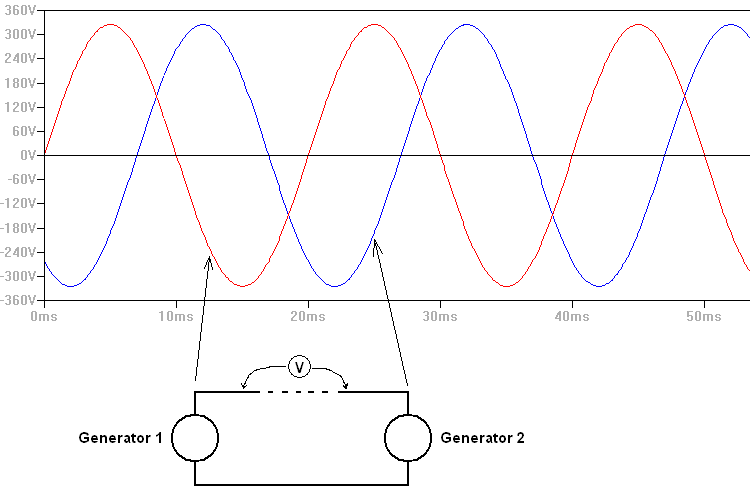danishdeshmuk
Advanced Member level 1
What things should be considered when paralleling 2 or 3 generators ?
How to do that (generators of different fuels i.e. of Natural Gas & Diesel & of different output powers) ?
thanks
How to do that (generators of different fuels i.e. of Natural Gas & Diesel & of different output powers) ?
thanks
